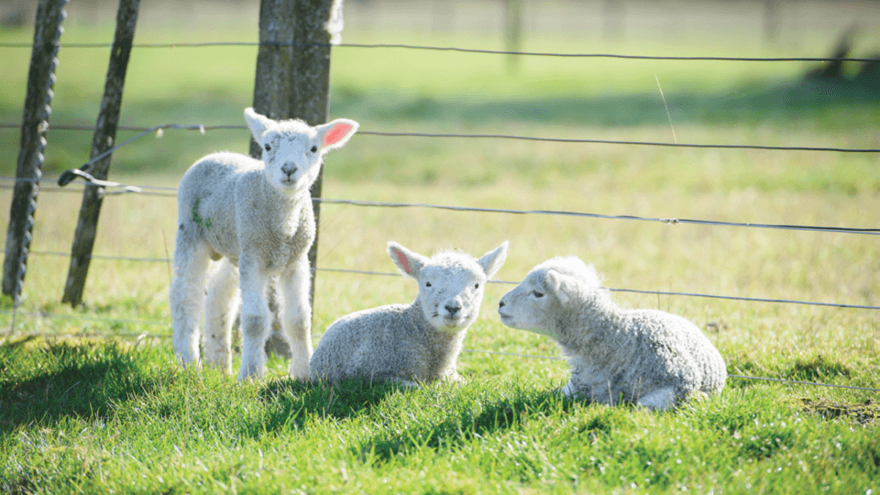
Caring for newborn lambs
Mis-mothered lambs are commonly found to be hypothermic and hungry, conditions which can rapidly become fatal.
A lamb’s birthweight is a guide to the volume of fat reserves it has when born. This is largely influenced by the feeding of the ewe, particularly in the last third of pregnancy. If a ewe has been fed to meet the demands of her own maintenance and the growth of the foetus, then a lamb will be born with greater fat reserves. With the drought and difficulty in selling stock in the late autumn, this feed level may however be challenging to achieve, and more lambs may need a helping hand than in previous years.
Often orphan lambs have not been fed colostrum which is vital. Cow colostrum (from the first milking only, not transition milk) is adequate to feed to these or a freeze-dried product can be used. Thaw frozen colostrum slowly and don’t use a microwave to heat as it destroys the milk’s antibodies. These lambs have a small abomasum so require frequent and small feeds. In the first week, a lamb requires around 700 ml of milk per day and this is best split into five feeds with a maximum of 150 ml per feed. The care of these lambs is time consuming, but it is rewarding to watch the lambs grow faster with fewer gut upsets.
Orphan lambs need to be dry and warm as soon as they are born. If a lamb is born weak, give it Dextrose intra-abdominally or orally and then keep the lamb warm.
When mixing milk powder, either casein or whey based, consistency is important. A mixing rate of 200 g of powder per litre of water is achieved by mixing 200 g of powder into 500 ml of warm water (not hot) and then filling the container to make one litre of mixed product. When you are wanting to increase the powder content, do so over a three-day period to prevent shocking the lambs gut.
While feeding whey powders seems to result in fewer cases of abomasal bloat in older lambs, a New Zealand study1 has found that lambs fed whey powders were more susceptible to infections. Lambs may begin on a casein based product and then transfer onto a whey-based one. Regardless of what you use, keep the lamb-rearing area and equipment as clean as possible.
Fresh water must be available for lambs to drink at all times. Offer meal to encourage rumen development, helping with the transition from a milk diet to pasture.
Vaccinating lambs to protect against clostridial diseases is a must. Vitamin B¹ (thiamine) deficiency may occur with lambs experiencing seizures, paddling their legs and being unable to stand. Rapid treatment is necessary with a thiamine injection from the vet.
For further advice on caring for newborn lambs, contact your local PGG Wrightson Technical Field Representative.
¹McCoard, S., Ryrie, J., McDonald, T., Hea, Shen-Yan., Khan, A., and Stevens, D. (2019, 3–6 September) International Symposium on Ruminant Physiology, Convention, Leipzig, Germany



